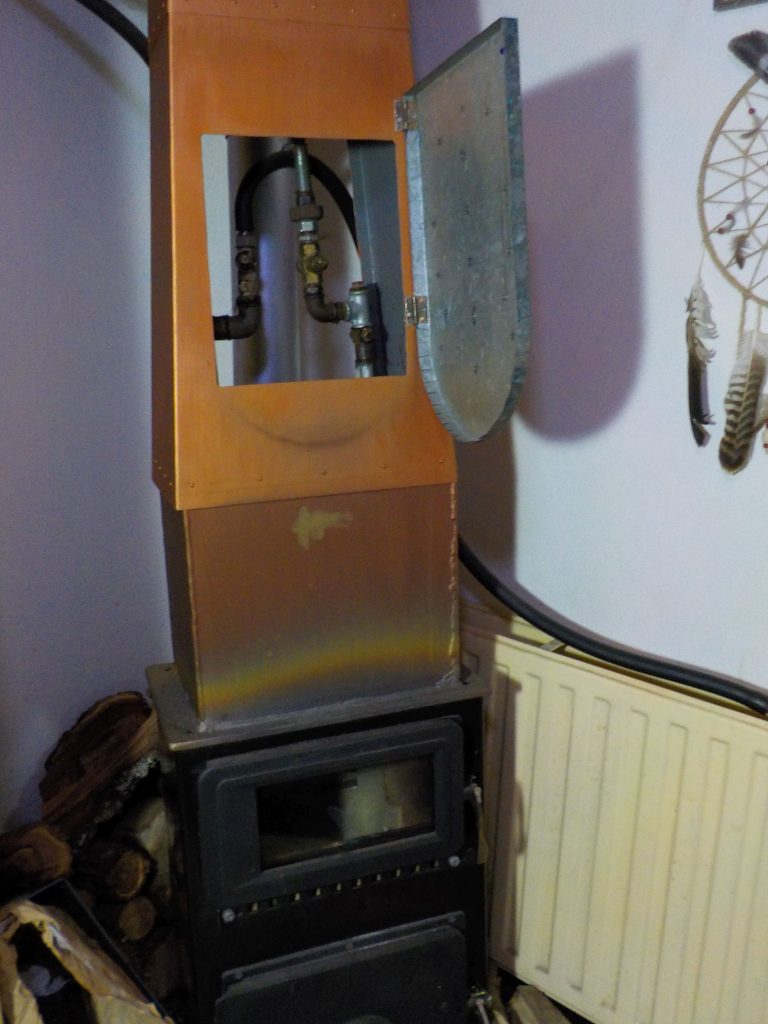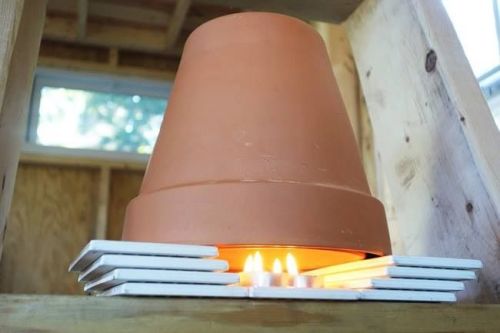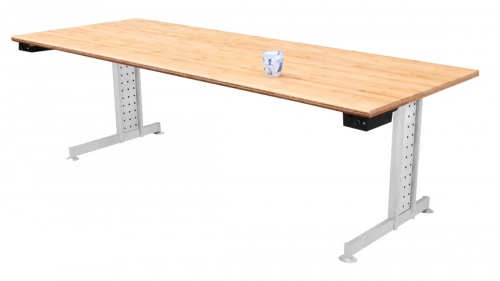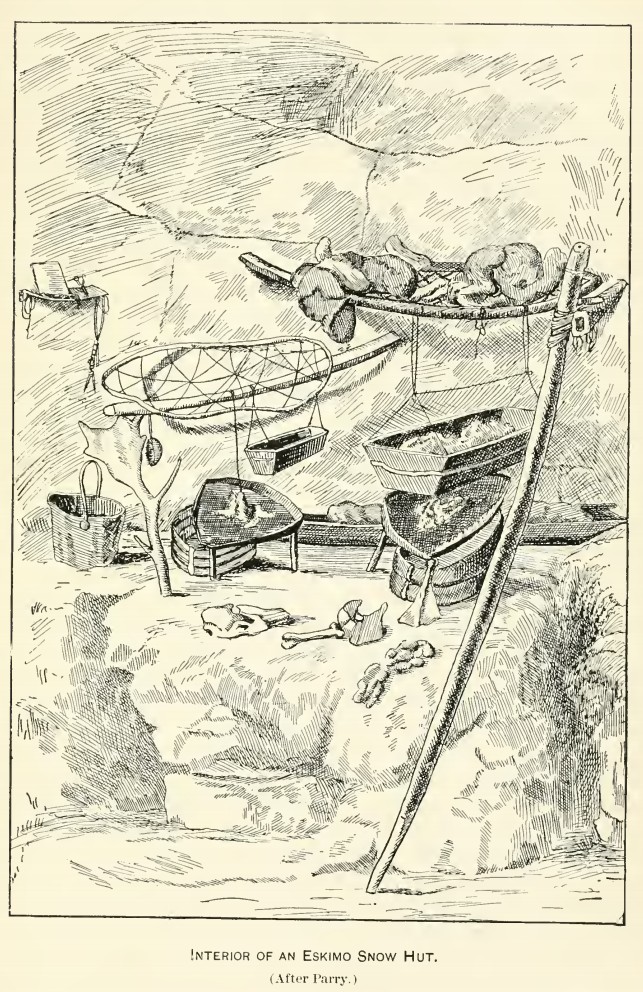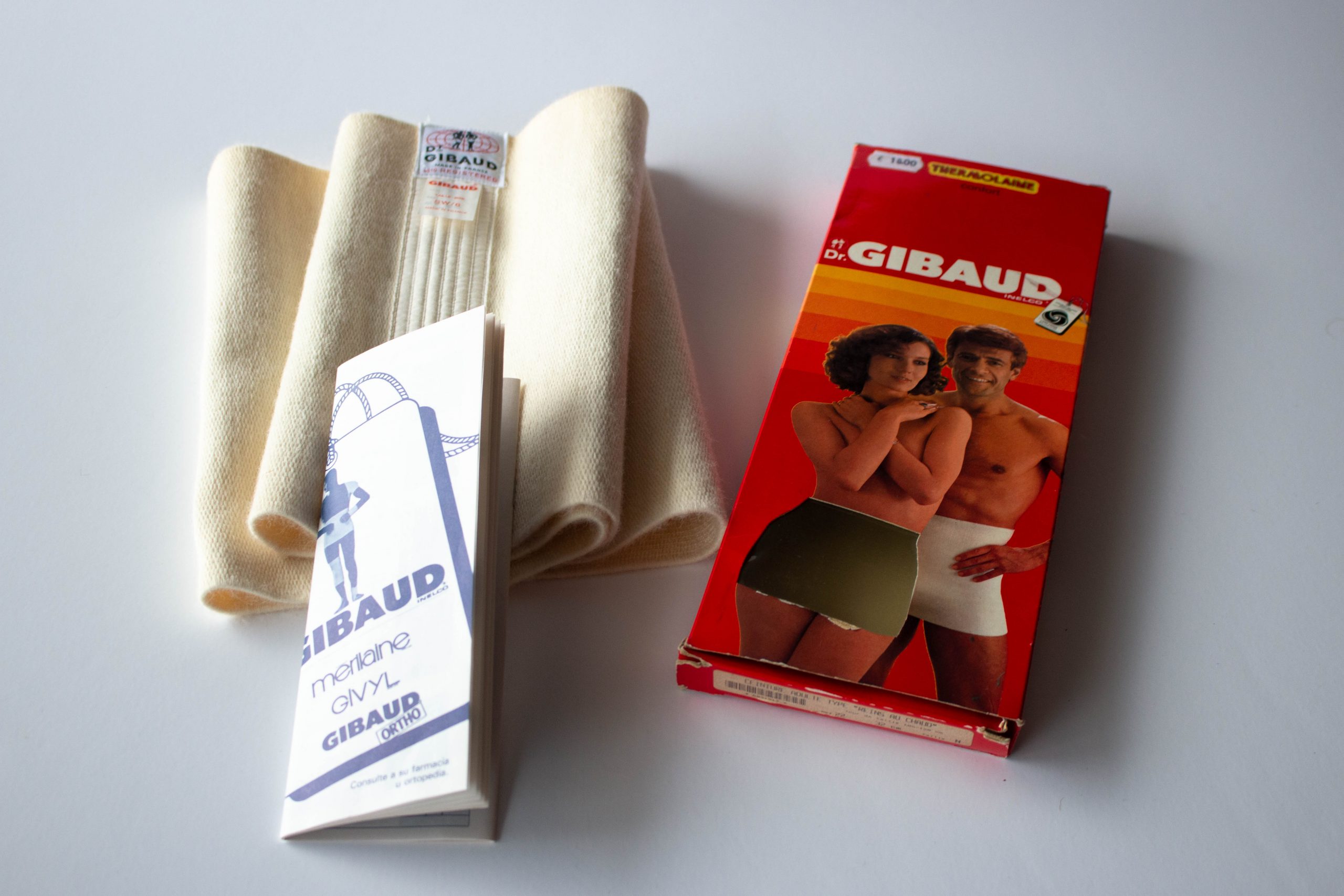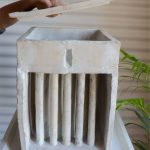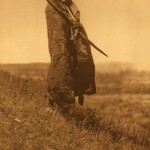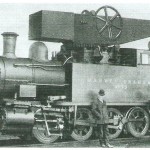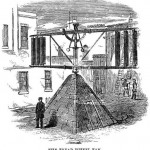This is a guest post by Mikhesh The Steamer.
It does not have to be just about the winter regarded with apprehension, which did not prove to be as much problematic in Europe at all. In the outlying hills, there is a lack of electricity or gas source. On the other hand, there is usually water and wood nearby. A steam heater can be assembled from things you find in a garbage dump, thrown away in a workshop or in a hobby market.
In a cabin with a fireplace after thirty minutes, the temperature is at best slightly higher, but with steam heating, a T-shirt is enough for that time. You can also spread the steam behind several corners and you don’t have to rely on heat radiation. Wood consumption is equal to a regular fireplace. The difference is in how we deal with its energy.
